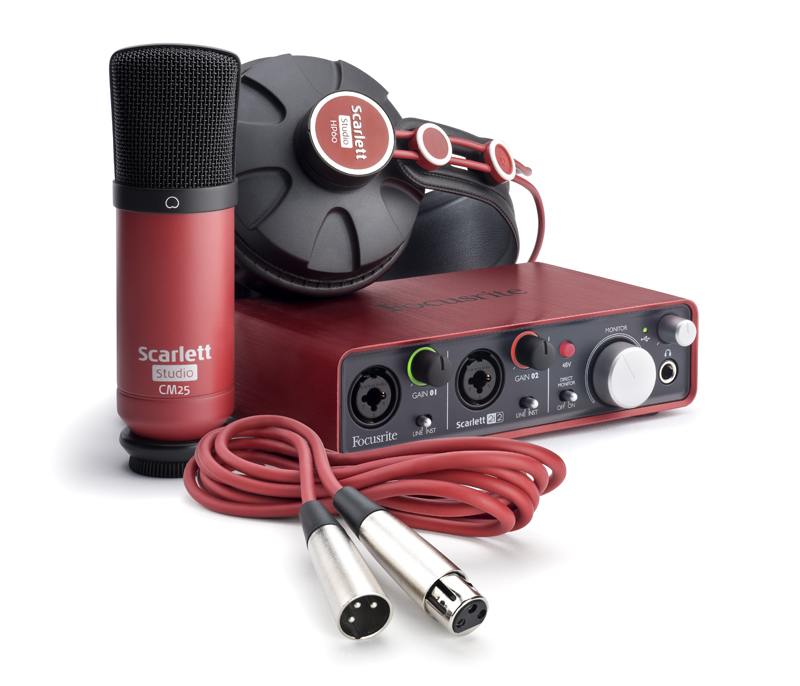 Who gets excited about vocal warmups? Both choral directors and choir members should be very excited about them, whether at rehearsal or not. Warming up is a sure-fire sign that singers care so much about their instruments that they want to keep them in tip-top shape. And for me, when it comes to helping singers achieve on-point, feel-great vocalizations, nothing beats SOVT* exercises. They’re used by speech language pathologists, ear, nose and throat specialists and (more recently) voice teachers/vocal coaches for injured, aging and overworked voices. However, choir members can reap the benefits, too: they’re super-easy to do in a group, a little goes a long way if time is a concern, and they’re fun and doable for all ages.
Who gets excited about vocal warmups? Both choral directors and choir members should be very excited about them, whether at rehearsal or not. Warming up is a sure-fire sign that singers care so much about their instruments that they want to keep them in tip-top shape. And for me, when it comes to helping singers achieve on-point, feel-great vocalizations, nothing beats SOVT* exercises. They’re used by speech language pathologists, ear, nose and throat specialists and (more recently) voice teachers/vocal coaches for injured, aging and overworked voices. However, choir members can reap the benefits, too: they’re super-easy to do in a group, a little goes a long way if time is a concern, and they’re fun and doable for all ages.
*SOVT means semi-occluded vocal tract, which is a fancy way of saying narrowed areas in the places we make/resonate sound, i.e., the pharynx (throat) and the oral, nasal and laryngeal cavities.
So, what’s all the fuss, and how does it help? First, let me introduce you to Dr. Ingo Titze, an engineer/ Ph.D physicist-turned-vocologist who was compelled to study the human voice more deeply than any scientist had back in the late 1960’s. Hundreds of NIH articles prove Titze to be the champion of the SOVT movement and for that, we salute him. Here’s one of his videos, and yes, he’s using a straw: https://bit.ly/2KaPFm1
Ever held your thumb over a garden hose to create more water pressure? That’s akin to what SOVT exercises are doing: using pressure to create a more efficient airflow. That pressure provides a cushion for the air flowing between the vocal cords also, allowing them to separate a bit more and touch more gently instead of slamming together and creating strain. Using SOVT pressure also allows the muscles in the neck and throat to work a lot less hard, relieving external tension while singing. And now, your moment of singing Zen:
Draw Your Straw
Generally, the regular old drinking straw is the starter model; we reserve the “red coffee stirrer” straws for the pros. Place the straw in a glass/bottle of water with the tip in only about an inch—you’ll use too much force if the whole straw is immersed. Blow bubbles into the water while humming one note in the easy part of your range. Keep the bubble stream steady. Once you get the hang of the one note, glide your voice up and down while bubbling. Do this for 30 seconds on, 10 off, for two minutes.
You can also use your straw to sing into, like Titze. Sing any song–about two minutes long is fine: your national anthem, kids’ songs, anything fairly uncomplicated. If anything feels tight, ease up. It takes a minute to get used to this kind of vocalizing (stay away from R&B riff-heavy songs. Your throat muscles will thank you).
The Ubiquitous Lip Trills
…aka Lip Bubbles! You probably know these, but if not, don’t worry about creating pitch. If you’re a novice, try blowing a “raspberry” with your tongue out (spit alert on this one) and then try the lip trill immediately afterward. Or try placing two fingers on both sides of your mouth (four total fingers). Don’t pull in any direction; it’s all about firmly resting the fingers there to add a bit of foundation to the trill. You want to concentrate on not creating any tension in your neck and shoulders, and making sure your breath is steady and not overzealous. Once you’ve got the idea, add pitch. You can do single notes, glides up and down your range, or partial scales using intervals like DO-RE-MI-FA-SOL-FA-MI-RE-DO.
Voiced Fricatives
These exercises use certain consonants to resist air at various rates and places in your face. The consonants are v, th, z and j (as in Jacques). Hold a V on a comfortable note for as long as you comfortably can. Then, siren that V from the bottom to the top and back to the bottom of your range. Finally, rev the V several times as if you were putting your foot on and off the gas pedal of your car (vvvVVVvvv), going a bit higher in pitch on top each time, but always returning to the same bottom tone. Do this with each consonant. You’ll find some will be more difficult than others. Again, if anything feels extremely tense, stop.
Tongue Trills
You’ve done these if you speak Spanish…or if you’ve imitated a purring cat. I go very easy with these because the tongue can become easily fatigued. I generally stay on one comfortable note, or at most, use the DO-MI-SOL-MI-DO arpeggio.
Note: not everyone is built to do tongue trills. If you’re one of those people, it’s okay. You’ll still become a better singer.
Mouth/Nose Humming
As if you don’t feel silly enough, right? But trust me, you haven’t lived until you’ve heard an entire choir nose-hum. Hold a comfortable note on an “M” and feel the tickle in your lips. Do the same on an “N” and you’ll feel it more in your nose, yes? Then try the “NG” (like the back half of the word “hung”) and you might feel it a bit more in your upper palate. Do sirens with these three letters, gliding up and down your vocal range. Then try the gas-pedal, too.
Extra credit: try holding a challenging high note or humming a challenging melody using any of these three consonants. You may notice a difference! SOVT exercises are excellent cool-downs for tired voices, too.
Now, you’ll also want to vocalize in full voice before singing, but mixing in several minutes of SOVT work will feel so wonderful. Plus, you’ll probably have some good laughs, too…and who couldn’t use a bunch of those now?



















